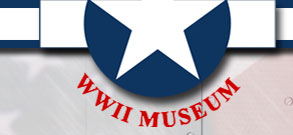 |
return
to
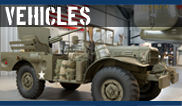 |
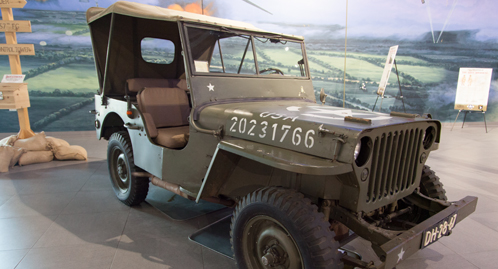 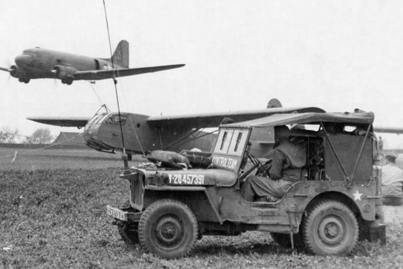 |
|
Model Designation
The Willys MB US Army Jeep (formally the Truck, 1/4 ton, 4x4) and the Ford GPW were manufactured from 1941 to 1945. These small four-wheel drive utility vehicles are considered the iconic World War II Jeep, and inspired many similar light utility vehicles. Over the years, the World War II Jeep later evolved into the "CJ" civilian Jeep.
This particular Jeep holds the distinction of being the personal transportation of General Omar Bradley after he arrived at Omaha Beach on June 7th, 1944.
History
On June 6, 194 during what to that point was the greatest military gamble and battle of his life, Bradley was stuck far from the action aboard a cruiser in the British Channel. He was under strict orders to stay away from the beaches, and in fact had had to argue long and hard to reverse Eisenhower’s decision that he stay in England during the invasion. But the ship was itself a prison to a man who felt he had to walk every battlefield to understand what his tactics should be. He tried venting his frustration by pacing in the small situation room built for him on the cruiser’s deck, but it was a poor replacement for hopping in a Jeep (or in this case a PT boat) and cruising to the front. Bradley sent trusted aides and his second-in-command to the water’s edge, but he considered that a poor substitute for going himself.
Finally, with reports dribbling in that the battle on Omaha Beach hung in the balance, Bradley ordered a boat to take him to the ships where his corps commanders were directing the action. His purpose was twofold – first, to find out from them what they thought was going on; second, to get those commanders to the beaches. The latter was much more important: If he couldn’t go himself, he would be certain that his people were going to be there.
It was the pivotal moment in the battle. To that point, Bradley had been considering abandoning Omaha completely, a move that would have changed the course of the next thirty days, and possibly the war. By nightfall when he returned to his ship – under fire from a German air attack – the battle had been decided in the Allies’ favor.
Bradley’s greatest moment in Normandy would come some weeks later, when he single-handedly drew up the plan that broke Allied troops from the peninsula and set the stage for the final defeat of Germany. Significantly, he would never again allow himself to be so isolated from the front lines – a decision that, ironically, would cause him great personal difficulties during the Battle of the Bulge, and perhaps lengthen the American suffering there by several weeks.
He finally came ashore the next day. As usual, he did it without fanfare; at one point in the days of the early buildup, he hitch-hiked a ride on a troop truck. And Bradley being Bradley, he took note of the condition of his men – when he saw an MP shivering in the cold rain as he tried to direct traffic, the general took off his overcoat and gave it to him, declaring that he would have an easier time finding a replacement.
ID Number
20231766
Engine / Horsepower
Willys L134 I4 “Go Devil”
60 horsepower, 105 ft-lbs torque
Performance
Maximum speed: 65 mph
Range: 285 miles
Grade Capability (Loaded): 58%
Fording Depth: 25 in
|


|
|
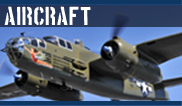

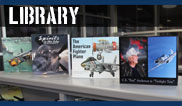
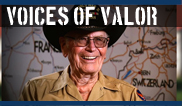
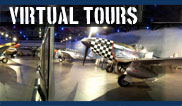 |
|
|


